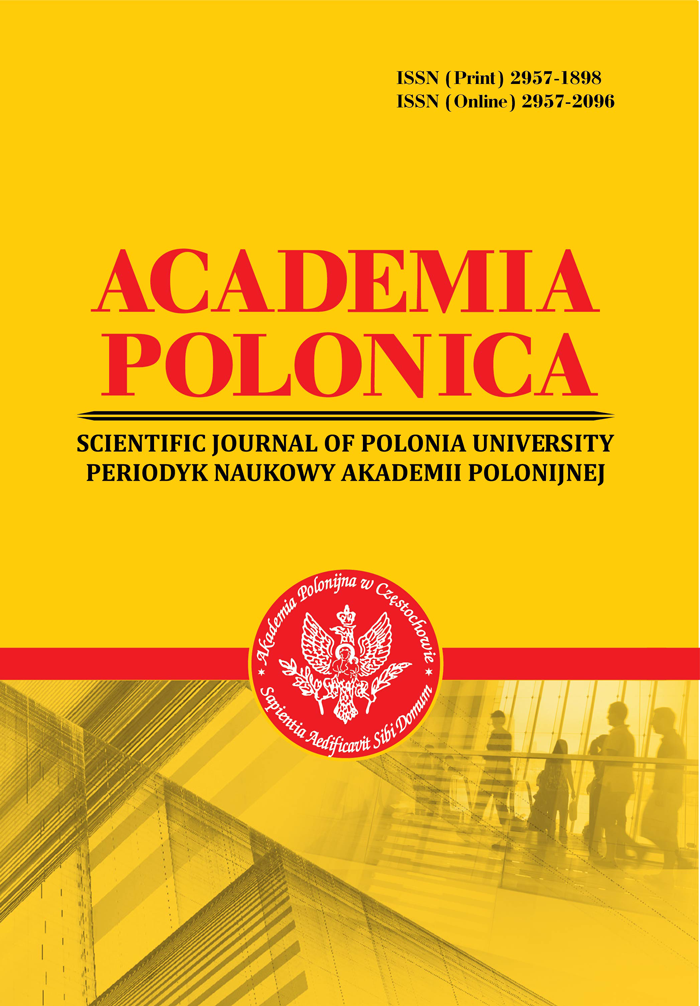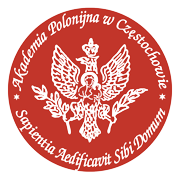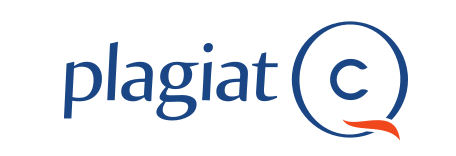PARTICULARS OF TERMS: FEATURES, FUNCTIONS, CLASSIFICATION
Abstrakt
In today’s context of globalisation and active cooperation between different countries, the translation of terms, especially those related to professional activities, is of particular importance. Rapid developments in technology and changes in geopolitics lead to the emergence of new terms. Given that the Ukrainian language does not always have an equivalent, this complicates the translation process and requires the use of various translation strategies to achieve adequacy and accuracy. The objective of the research is to outline the main characteristics and functions of terms, taking into account their classification, and to determine the peculiarities of translating terms in accordance with these criteria. In the process of analysing the definitions of ‘term’, it was found that the most appropriate, especially for military terminology, is the definition by D. Lotte, which focuses on the unambiguity, brevity and inclusion of the term in the system. A term is a fundamental element of scientific and technical communication, providing accurate and unambiguous designation of concepts in professional and specialised discourse. Their origin, evolution, and structure reflect the linguistic dynamics and specificity of the field knowledge. Our study identifies the following features inherent in the terminological system: consistency, conciseness, stability, and standardisation. Terms form the basis of professional speech, playing a complex role in the system of scientific communication. As linguistic units, they are characterised by systematicity, which ensures the logical ordering of concepts within a particular field of knowledge. Due to their conciseness and precision, terms form a clear and unambiguous structure of knowledge, contributing to its effective transfer. Their stability and standardisation are the foundation for preserving the continuity of the scientific tradition, while creating the preconditions for international cooperation in the context of globalisation.
Wykaz bibliografii
2. Diakov, A. S., Kyiak, T. R., Kudelko, Z. B. (2000). Osnovy terminotvorennia. Semantychni ta linhvistychni aspekty [Fundamentals of term formation. Semantic and linguistic aspects]. Kyiv: KM Academia Publishing House, 2000. 217 p.
3. Kyiak, T. R. (2008). Vuzkohaluzevi terminy yak osnova formuvannia ta kvazireferuvannia fakhovykh tekstiv [Narrow-branch terms as a basis for the formation and quasi-referencing of professional texts]. Visnyk nats. un-tu «Lvivska politekhnika». Seriia «Problemy ukrainskoi terminolohii» [ulletin of Lviv Polytechnic National University. Series ‘Problems of Ukrainian terminology’].no. 620. pp. 3–5.
4. Kovalenko, A. Ya. (2001). Zahalnyi kurs naukovo-tekhnichnoho perekladu: Navchalnyi posibnyk [General course of scientific and technical translation: Textbook]. Kyiv: INKOS, 290 p.
5. Poltoratskyi, S. S. (2020). Boiovyi khortynh u vprovadzhenni voinskykh tradytsii ukrainskoho narodu. Mizhnar. nauk.-prakt. konf., 14–15 lypnia 2020 [Combat horting in the implementation of the military traditions of the Ukrainian people. International scientific and practical conference, 14-15 July 2020, Irpin]. Part. 2. pp. 538-550.
6. Serhiienko, T. M., Denysiuk, Yu. I., Serhiienko, R. V. (2020). Osoblyvosti perekladu deiakykh viiskovykh terminiv, yaki stosuiutsia ozbroiennia ta taktyky dii Zbroinykh Syl Ukrainy [Features of the translation of some military terms related to the weapons and tactics of the Armed Forces of Ukraine]. Naukovyi visnyk Natsionalnoi akademii sukhoputnykh viisk imeni hetmana Petra Sahaidachnoho [Scientific Bulletin of the National Army Academy named after Hetman Petro Sahaidachnyi]. no. 1. Retrieved on: https://doi.org/10.32999/ksu2663-3426/2020-1-15
7. Yakhontova, T. V. (2014). Linhvohenolohiia suchasnoi nauky (na materiali anhlomovnykh tekstiv): dys. ... doktorara filol. nauk: 10.02.04 [Linguogenology of Modern Science (based on English-language texts): Doctoral dissertation: 10.02.04.]. Kyiv,. 505 p.
8. Information Technology Study Dictionary. Oxford University Press, 2013. 219 p.
Abstract views: 216 PDF Downloads: 65







